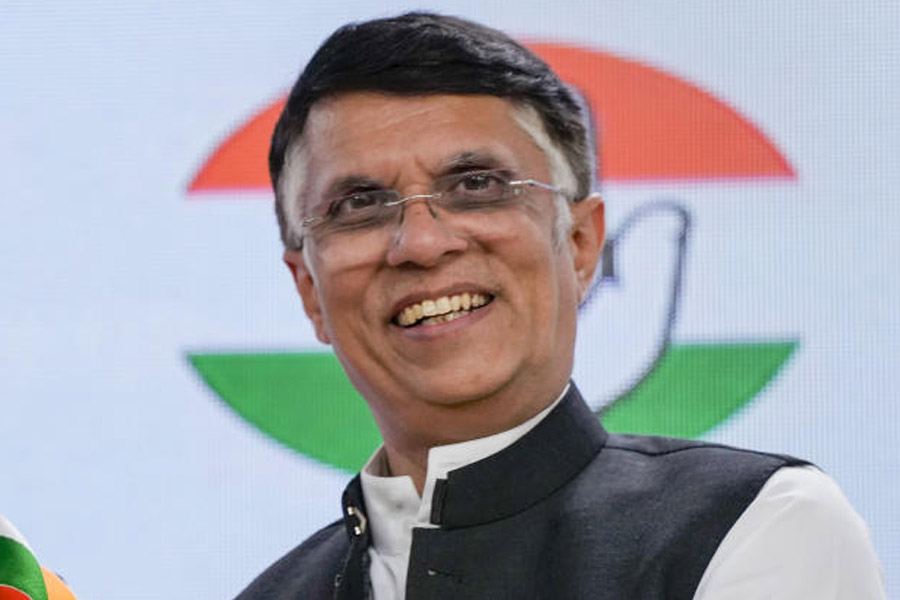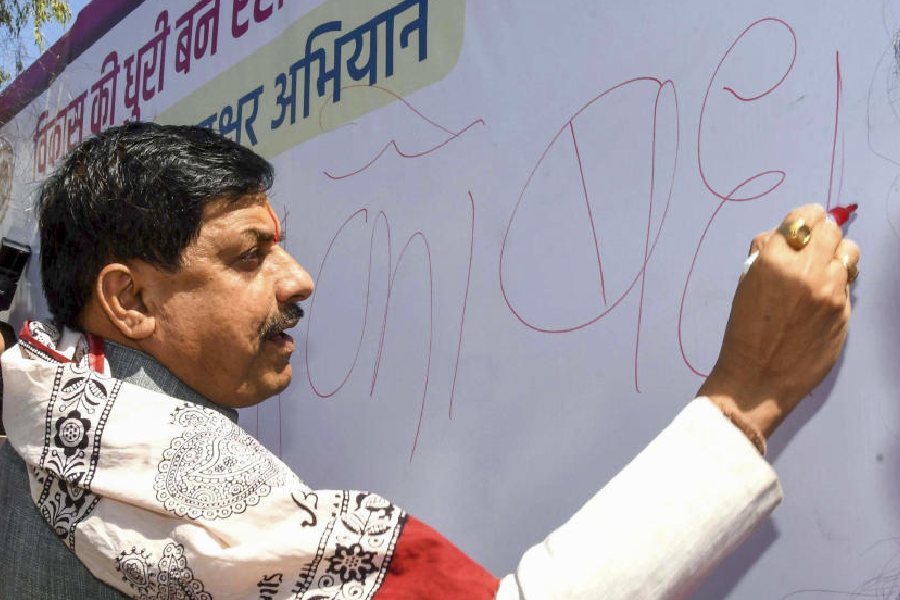Kota, India’s capital of private coaching for competitive examinations, has been under the scanner lately. It has registered an alarming rise in the number of student suicides this year. Yet another aspirant took her life on Monday; this was the second such case in the past fortnight, taking the toll to 26 this year, the highest since 2015. The grim situation seems to have elicited an albeit belated response from the state administration. A 15-member committee, which was constituted by the Rajasthan government last month in light of the outrage against student suicides in Kota, has come up with a set of recommendations in its report. Among its suggestions to tackle the crisis are limiting the qualification age for admission to Kota’s institutes to 13-14 years, implementing a training module for teachers and hostel owners, and identifying students with suicidal tendencies. However, the proposal to permit pupils to claim refunds in case they drop out is perhaps the most significant. This because there is an increasing trend among parents forcing students to continue with their preparations in Kota despite their lack of aptitude on the pretext that they have shelled out a substantial amount as the tuition fee. That, though, is one aspect of the problem. A recent report by the state government had found that the lack of self-confidence among the candidates owing to poor performance, resultant stress, financial constraints and even romantic relationships have been some of the principal reasons behind students ending their lives.
The panel’s suggestions are welcome. But they do not seem to have focussed on the proverbial elephant in the room — the worsening mental health crisis among the youth. There have been increasing cases of burnout among students owing to a multitude of factors like stiff competition, the shrinking of resources, and poor scope of employment. Unfortunately, the response of the administration has often been shorn of imagination and empathy. The Kota administration’s decision to introduce spring-loaded fans to curb suicides is one example. Worryingly, the more meaningful interventions have not been implemented. For instance, an earlier proposal by an educational expert to include weekly off days for students and reduce the syllabus are yet to be implemented suggest some reports. The mental burden of students is undoubtedly related to a broader structural impediment: the prevailing culture of a mindless pursuit of excellence needs to be re-evaluated to prevent young lives from being sacrificed at the altar of ambition.











